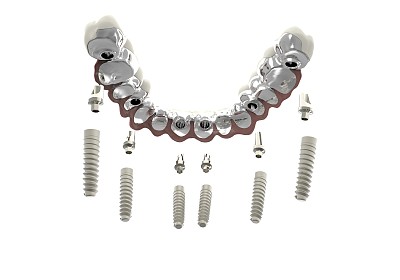The Comprehensive Guide to Extracting a Tooth Safely and Effectively for Optimal Oral Health
Summary: This article provides a comprehensive guide to safely and effectively extracting a tooth for optimal oral health. It highlights the importance of assessing the necessity of tooth extraction, understanding the procedure, recognizing potential complications, and ensuring proper aftercare. By addressing these four key aspects, individuals can make informed decisions regarding dental extractions and maintain their overall oral wellbeing.
1. Assessing the Necessity of Tooth Extraction

Before proceeding with any extraction, it is essential to evaluate whether the procedure is truly necessary. Common reasons for tooth extraction include severe decay, overcrowding, and impacted teeth. Each of these issues can lead to further oral health complications if not addressed properly.
A thorough dental examination should be conducted by a licensed professional. This may involve X-rays to assess the condition of the tooth and surrounding structures. In some cases, alternative treatments could be considered that might save the tooth, such as root canals or crowns.
Understanding the reasons behind the extraction can help ease anxiety surrounding the procedure. Patients should feel empowered to ask their dentist questions about their specific situation and the outcomes of removal versus preservation.
2. Understanding the Tooth Extraction Procedure
The tooth extraction process typically begins with a local anesthetic to numb the area around the tooth being removed. Patients may also have the option of sedation dentistry for a more comfortable experience. Once numb, the dentist will loosen the tooth from its socket using specialized tools.
In some cases, the tooth may need to be sectioned or broken into smaller pieces for easier removal. This is particularly true for teeth with multiple roots or those that are severely decayed. Dentists often use specific techniques for different types of teeth, ensuring minimal trauma to surrounding gums and bone.
Post-extraction, dentists will provide instructions regarding pain management and any prescribed medications to aid recovery. Understanding the procedure can minimize uncertainty and allow patients to prepare mentally and physically for the experience.
3. Recognizing Potential Complications
As with any surgical procedure, tooth extractions come with potential risks and complications. Some common issues include excessive bleeding, infection, or dry socket, which occurs when the blood clot at the extraction site dislodges too soon.
Patients should be vigilant in monitoring their recovery. If they notice abnormal swelling, prolonged pain, or any signs of infection, they should contact their dentist immediately. Early detection and intervention can significantly reduce the likelihood of more serious complications.
Education about these potential complications can empower patients to care for themselves post-extraction. Knowing what to look for can help them be proactive in seeking assistance when necessary, ultimately safeguarding their oral health.
4. Ensuring Proper Aftercare for Recovery
After a tooth extraction, proper aftercare is crucial for a smooth recovery. Patients are typically advised to avoid hard or chewy foods for the first few days and to stick primarily to soft foods that don鈥檛 irritate the extraction site.
Maintaining good oral hygiene is still important; however, patients should be cautious when brushing near the extraction site. Additionally, avoiding using straws and rigorous rinsing for at least 24 hours will help in protecting the forming clot.
Following the dentists aftercare instructions meticulously is essential for optimal healing. Regular follow-up appointments may be necessary to ensure that the extraction site is healing properly and to address any potential issues that may arise during recovery.
Summary:
In summary, understanding the comprehensive process of tooth extraction鈥攔anging from assessment and procedural details to recognizing complications and ensuring aftercare鈥攅quips patients with the knowledge needed to navigate this dental procedure confidently. With proper preparation and care, individuals can safeguard their oral health effectively.
This article is compiled by Vickong Dental and the content is for reference only


